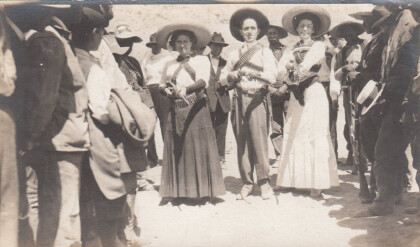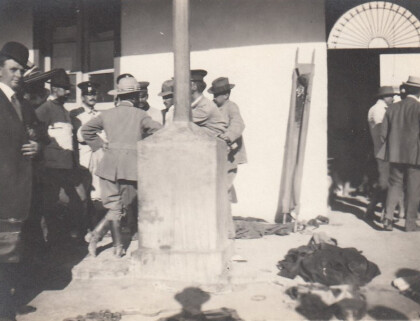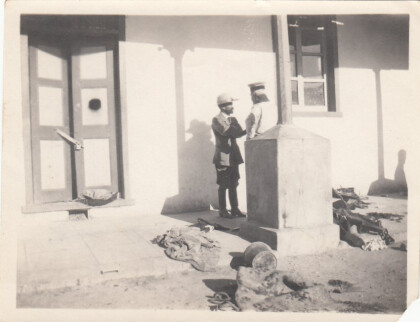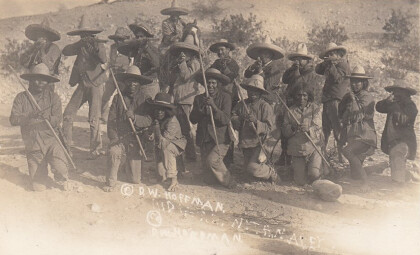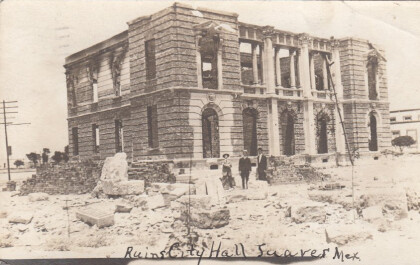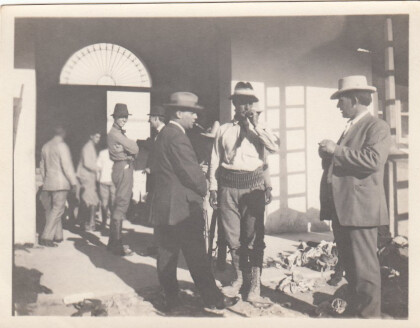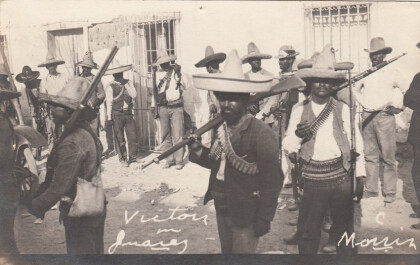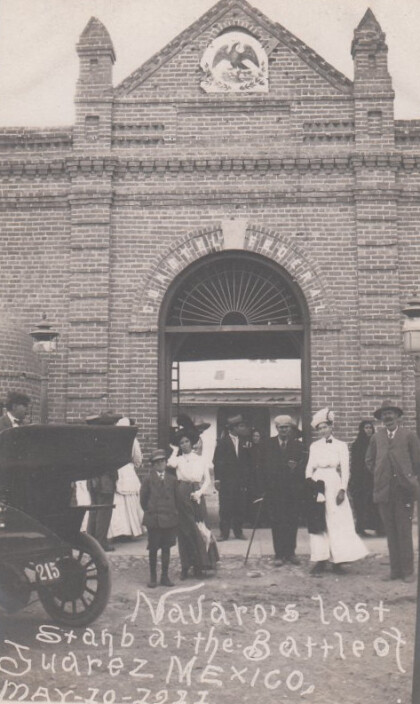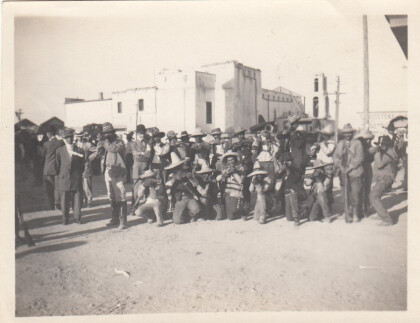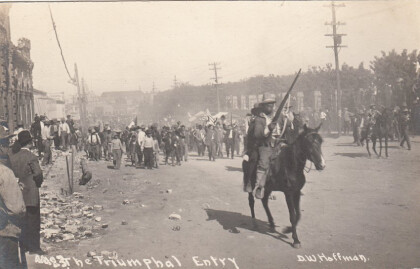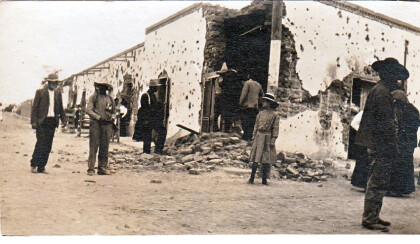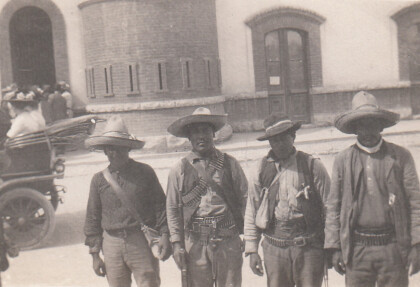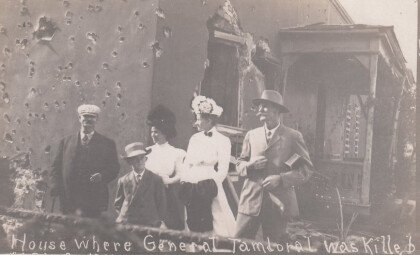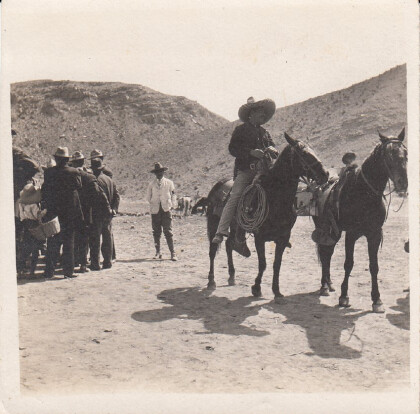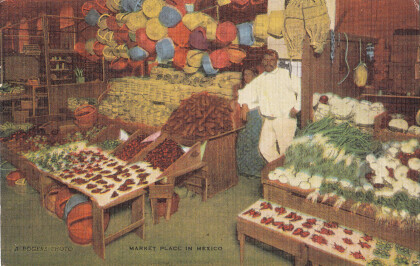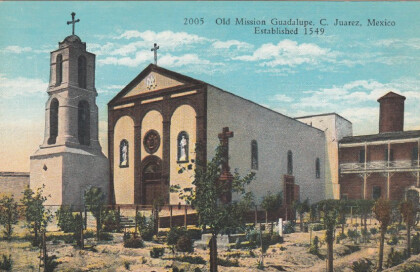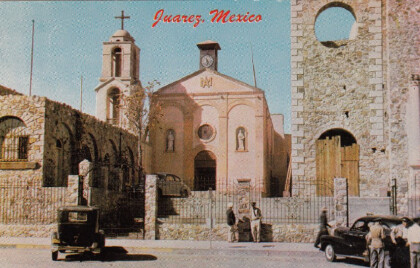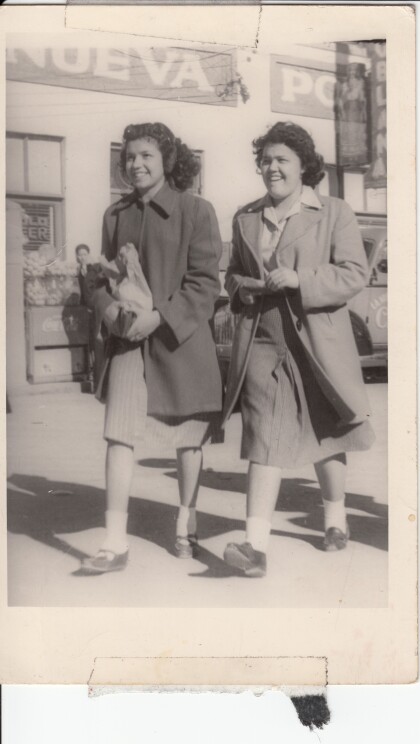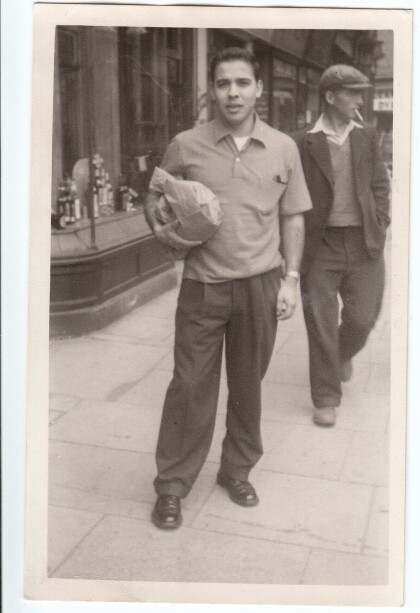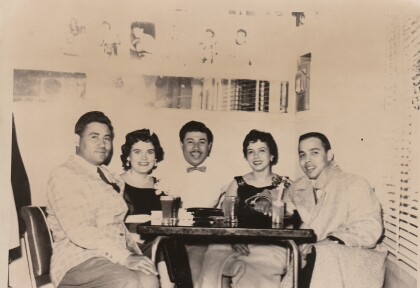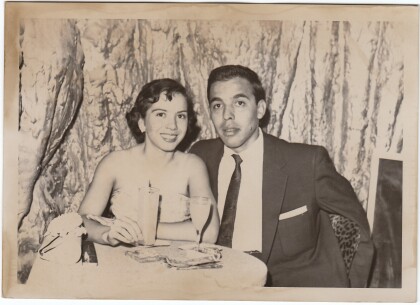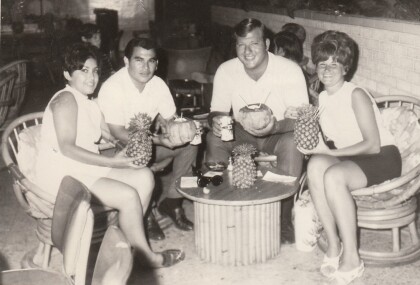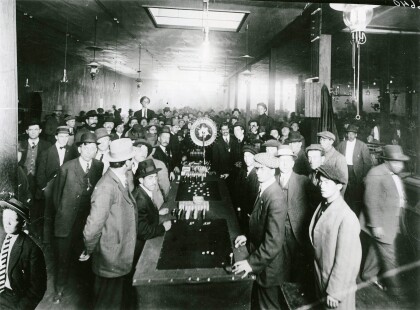Pancho Villa
Pancho Villa
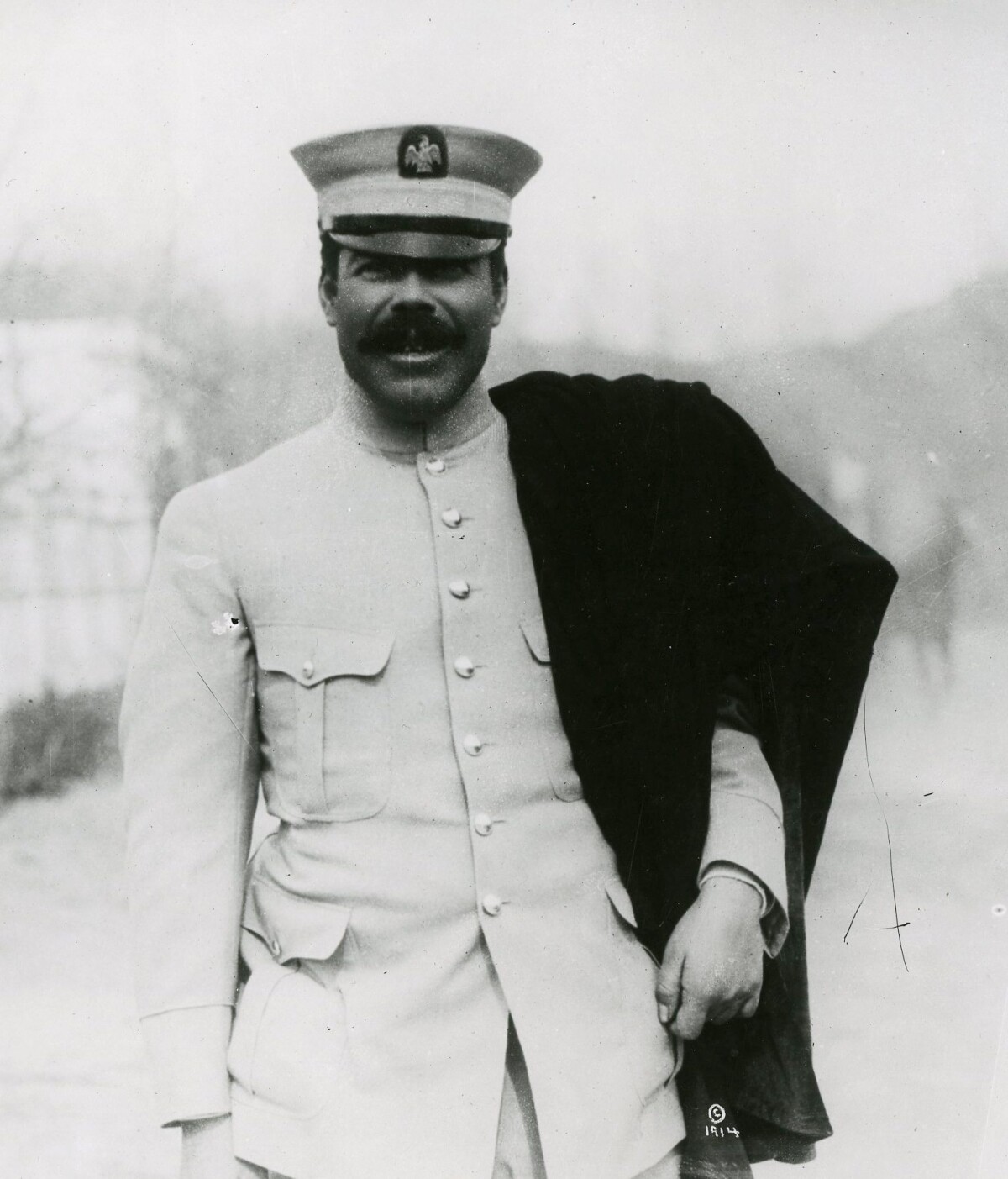
Pancho Villa
The portrait shows Francisco "Pancho" Villa, dressed in military attire, circa 1914. Pancho Villa (1878-1923) was a Mexican revolutionary leader who advocated for the poor. Though he was a killer and a bandit, many remember him as a folk hero. Born into a poor family, he learned the gap between the rich and the poor in Mexico in the end of the 19th century the hard way. After having shot the owner of the hacienda on which his family lived and worked with the age of 16, Villa ran from the law and became the leader of a group of bandits. Because of his skills as a guerilla fighter, he caught the attention of men who were planning a revolution. Since Porfirio Diaz, the sitting president of Mexico, had created much of the current problems for the poor and Francisco Madero promised change for the lower classes, Pancho Villa joined Madero and became an effective leader in the revolutionary army from October 1910 to May 1911. Together with Madero and Pascual Orozco, he commanded the troops during the Battle of Juarez, which led to the resignation of Porfirio Diaz. However, in May 1911, he resigned from command because of differences he had with Orozco. Villa married Maria Luz Corral and tried to settle down. When Orozco started a new rebellion against Madero, who had become Mexican President, Villa supported Madero together with General Victoriano Huerta. When Huerta became a Madero adversary and eventually killed him to claim the presidency for himself, Villa allied himself with Venustiano Carranza to fight against Huerta. Pancho Villa was extremely successful, but in the summer of 1914, Villa and Carranza, became enemies and fought against each other for the next several years. The United States supported Carranza, which is why Villa attacked the town of Columbus, New Mexico, in 1916. His attack was the first on American soil since 1812. Under the leadership of General Pershing, the U.S. sent thousands of soldiers across the border to hunt for Pancho Villa (Punitive Expedition), but they never caught him. When Adolfo De la Huerta became the interim president of Mexico in 1920, Villa agreed to retire from revolutionary life but was gunned down in 1923.
Report this entry
More from the same community-collection
Tourists during Mexican Revolution
Two women and a man posing for a photograph and dressed like ...
Madero and Navarro after Battle of Juarez
The back of the image says: "Gen. Navarro and Gen. Madero. 1911. ...
Men and women posing with rifles, bows and arrows
This picture shows men posing, some with rifles, others with ...
Postcard with Ruins of City Hall in Juarez
This picture shows a postcard with the ruins of the City Hall in ...
Col. Garibaldi after Battle of Juarez
The back of the image says: "Garibaldi (camisa blanca) en el ...
Navarro's last stand at the Battle of Juarez
The picture was taken on May 10, 1911, the day of Navarro's ...
Rebels posing in front of Mision de Guadalupe
On this picture a group of rebel (sharpshooters) are posing in ...
Nuestra Senora de Guadalupe Church and Cathedral
The mission was founded by Fray Garcia de San Francisco. He came ...
